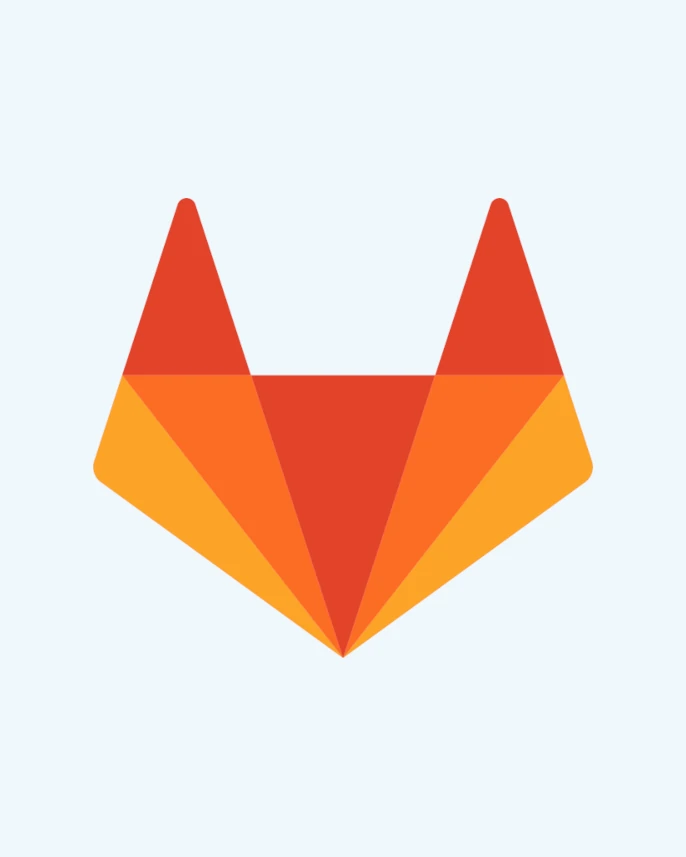GitLab has emerged as a powerful and widely adopted web-based platform for version control, collaboration, and continuous integration in the world of software development. With its intuitive interface, comprehensive features, and seamless integration capabilities, GitLab has revolutionized the way development teams work together, ensuring efficiency, productivity, and code quality.
In this article, we will provide a detailed overview of GitLab, exploring its key functionalities, benefits, and how it streamlines the development workflow. Whether you are a developer, project manager, or part of a DevOps team, understanding GitLab’s capabilities can significantly enhance your software development process. Let’s dive into the world of GitLab and uncover its potential for improving collaboration, version control, and continuous integration.
So, what is GitLab?
GitLab is an open-source web-based platform that provides comprehensive tools for version control, project management, collaboration, and continuous integration/continuous delivery (CI/CD). It offers a complete DevOps platform, allowing software development teams to streamline their workflows and improve productivity.
At its core, GitLab utilizes Git, a widely used distributed version control system, to manage and track changes in source code. By leveraging Git’s capabilities, it enables developers to work on projects collaboratively, maintaining version history, and facilitating efficient code review processes.
GitLab’s web-based interface offers a wide range of features, including:
- Repository Management: GitLab allows users to create and manage repositories, branches, and tags. Moreover, providing a centralized location for storing and organizing project code.
- Issue Tracking: With integrated issue tracking, GitLab simplifies task management, allowing teams to create, assign, and track issues, bugs, and feature requests.
- Code Review: GitLab provides a built-in code review system, enabling developers to collaborate. Moreover, provide feedback, and ensure code quality before merging changes into the main codebase.
- Continuous Integration/Continuous Delivery (CI/CD): it offers robust CI/CD capabilities, automating the build, testing, and deployment processes, ensuring the delivery of high-quality software with speed and efficiency.
Key Features of GitLab
GitLab is packed with a wide range of features that cater to the needs of software development teams. Let’s explore some of its key functionalities:
- Integrated Development Environment (IDE): GitLab includes a built-in web-based IDE. Moreover, allowing developers to edit, review, and commit code without switching to external tools.
- Wiki and Documentation: GitLab provides a wiki system that enables teams to create and maintain project documentation, making it easily accessible to all stakeholders.
- Merge Requests: GitLab’s merge request feature facilitates a collaborative code review process. Developers can propose changes, request feedback, and track the progress of merge requests.
- Container Registry: GitLab includes a container registry that allows developers to store and manage Docker images. Moreover, simplifying the deployment of containerized applications.
- CI/CD Pipelines: GitLab’s CI/CD pipelines automate the building, testing, and deployment processes. It supports custom workflows, parallel processing, and integration with various testing frameworks and deployment platforms.
Benefits of GitLab
GitLab offers numerous advantages that improve the software development process and enhance teamwork. Here are some key benefits:
- Streamlined Collaboration: it provides a unified platform for developers, project managers, and stakeholders to collaborate seamlessly. Its integrated features enable effective communication, code review, and issue tracking, fostering collaboration and enhancing productivity.
- Version Control and Code Management: GitLab’s robust version control capabilities ensure that changes to code are tracked, enabling developers to work concurrently and roll back changes if needed. This enhances code stability, reduces conflicts, and simplifies the management of project code.
- Efficient CI/CD: GitLab’s built-in CI/CD pipelines automate the software build, testing, and deployment processes. Moreover, significantly reducing manual effort and accelerating the delivery of high-quality software.
- Comprehensive Project Management: With GitLab, teams can manage projects from inception to completion. It offers a range of project management tools, including issue tracking, milestone tracking, and Kanban boards, providing visibility and control over project progress.
- Community and Support: It has a vibrant community and offers extensive documentation, support forums, and resources. The active community ensures continuous improvement and provides assistance for users at all levels.
Conclusion
GitLab has become a go-to platform for modern software development teams. Moreover, offering a robust set of features that streamline collaboration, version control, and continuous integration. With its intuitive interface, comprehensive project management capabilities, and automation of CI/CD pipelines, it empowers teams to deliver high-quality software efficiently.
By leveraging GitLab’s benefits, development teams can enhance productivity, code quality, and coordination among team members. Whether you are a small startup or a large enterprise, GitLab provides the tools and capabilities necessary to optimize your development workflow.
As organizations increasingly embrace DevOps practices, GitLab continues to evolve and cater to the evolving needs of software development teams. Embrace GitLab and experience the transformative power it brings to your development process.
Finally, learn more about development at DFID TechBuzz.
